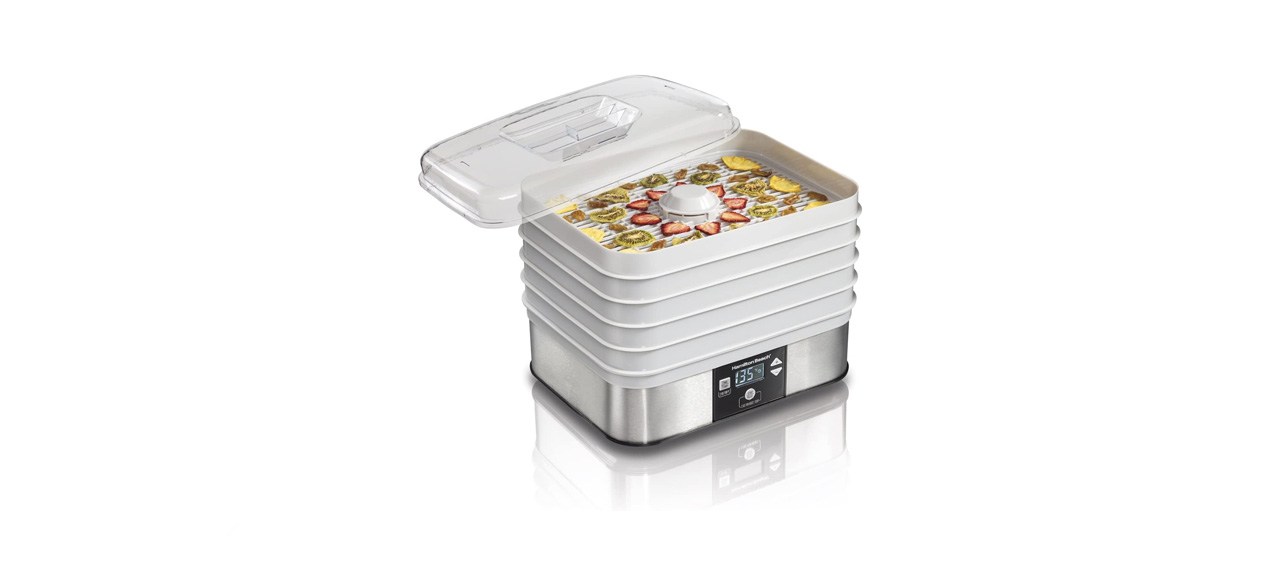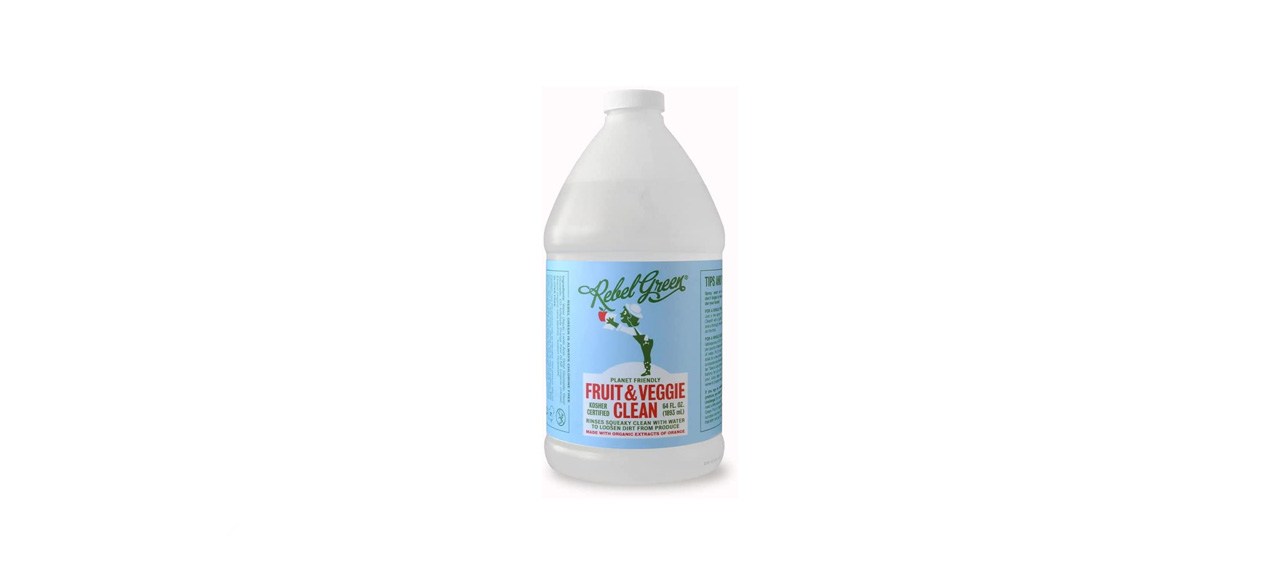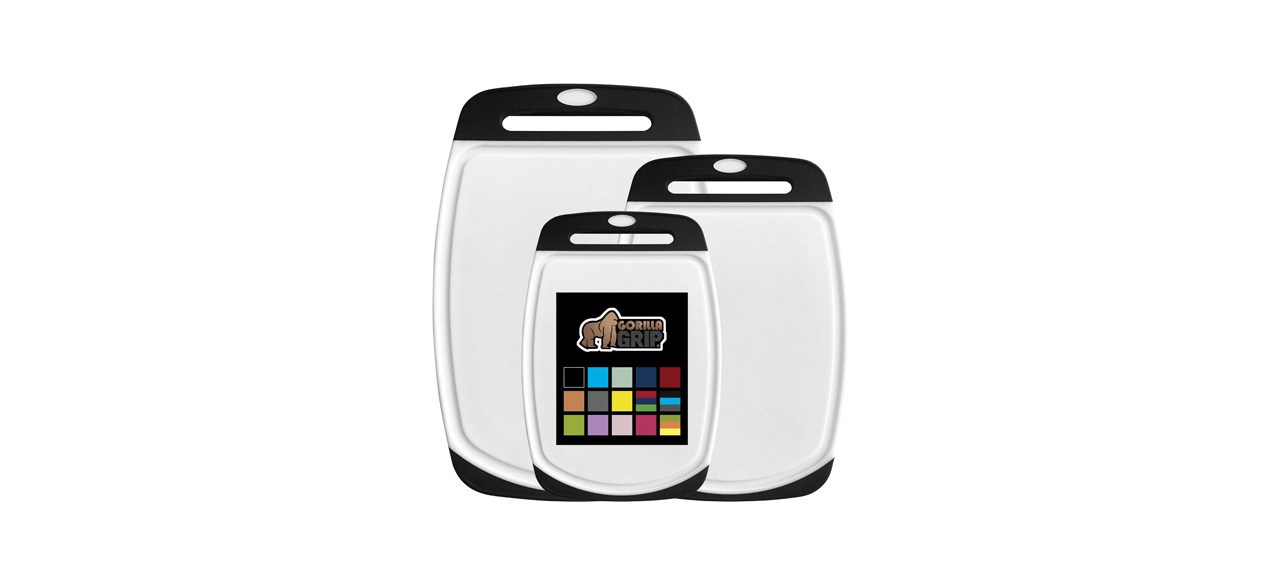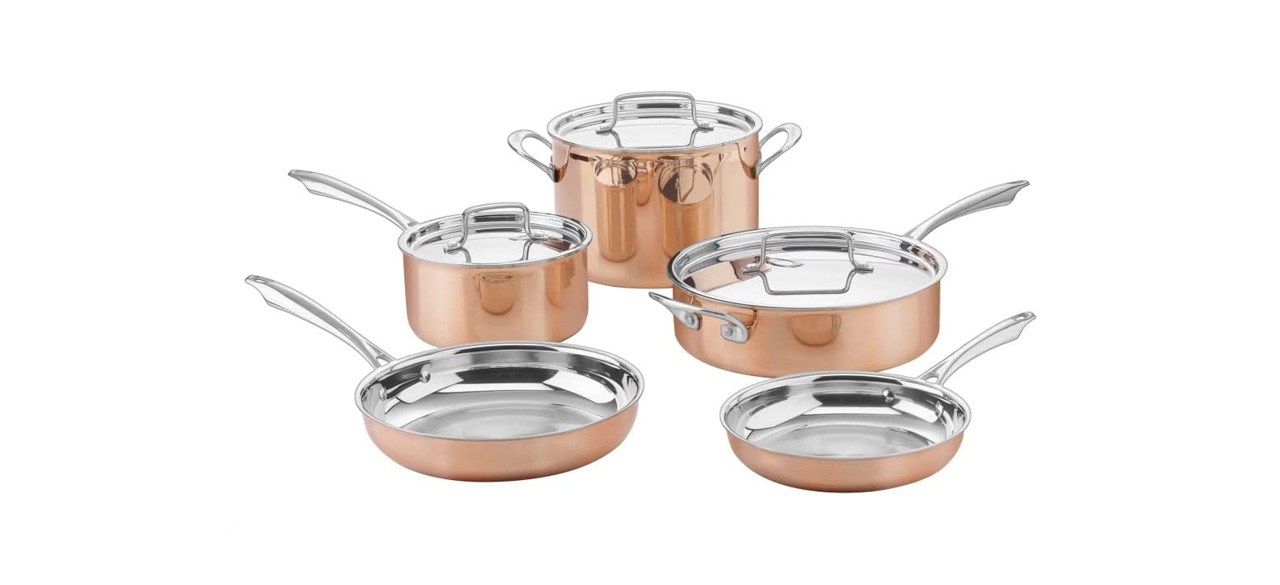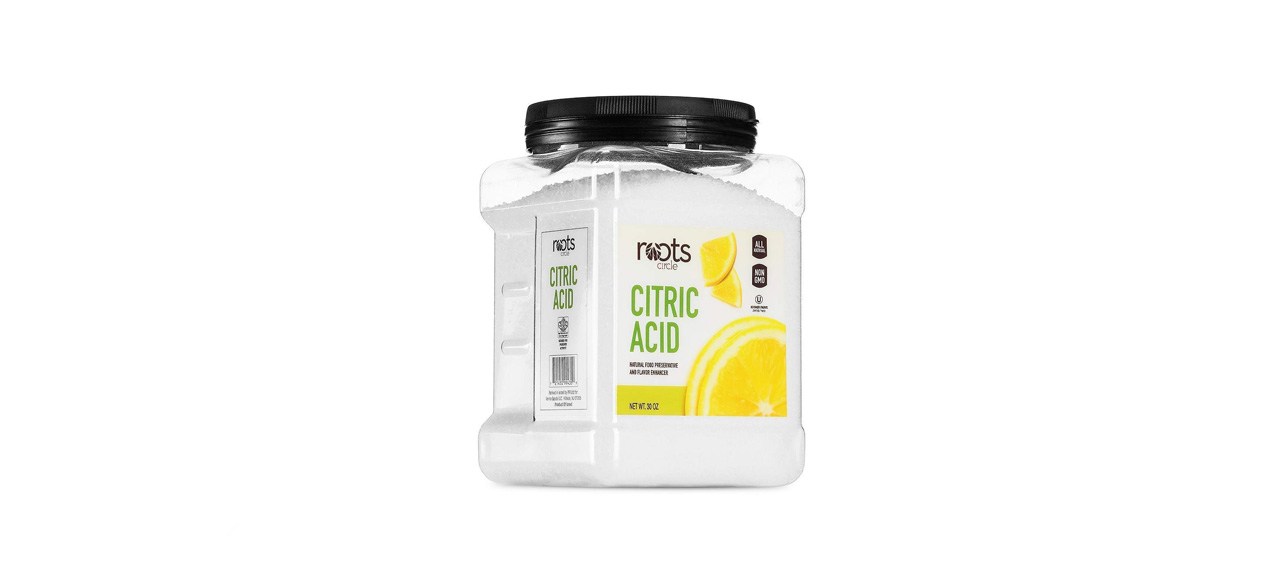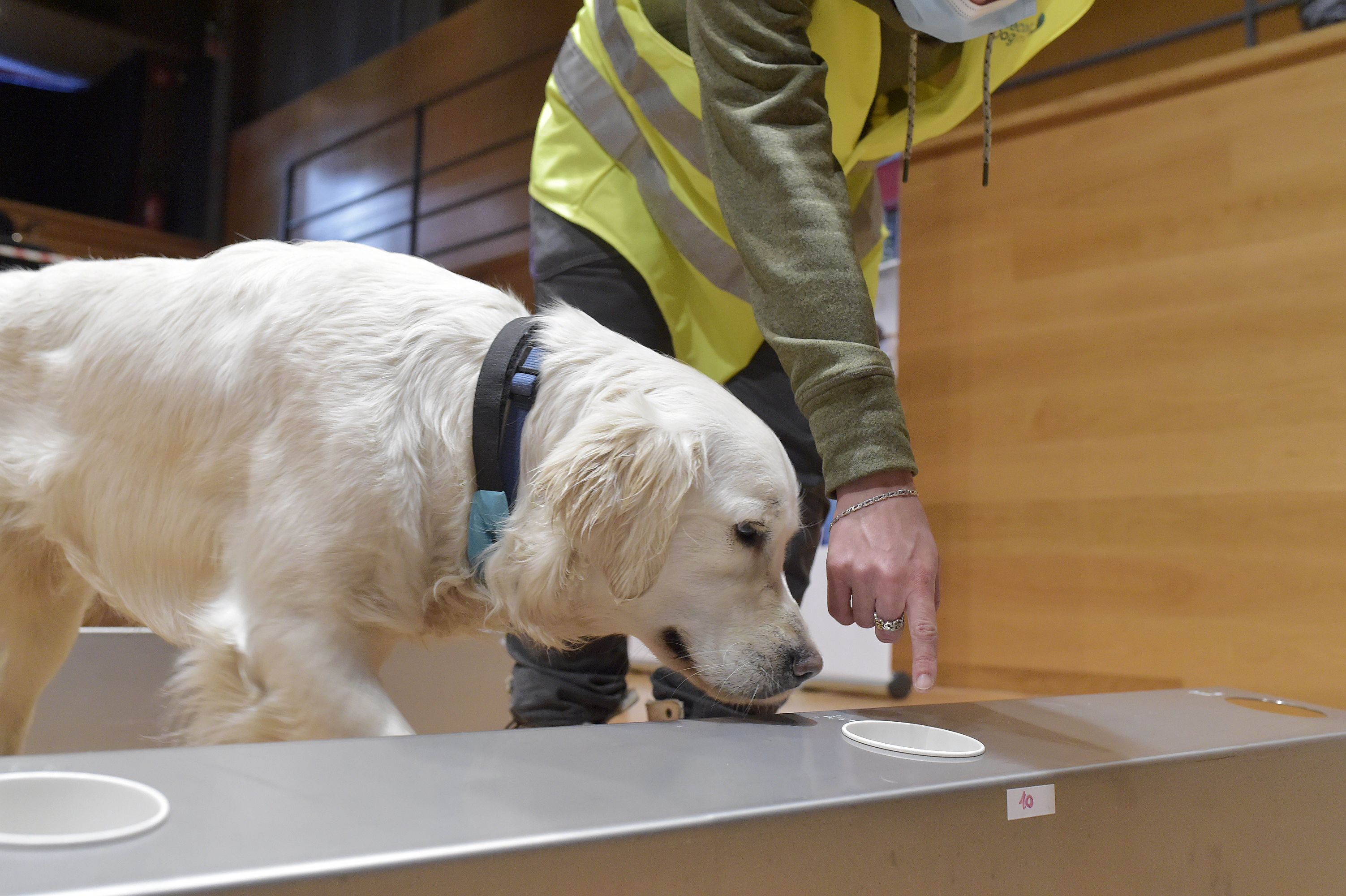There’s a long list of delicious, healthy, shelf-stable dehydrated snacks, and making them at home is both rewarding and economical. Unlike some homemade snack recipes and food preservation methods, dehydrating food doesn’t require a ton of equipment, experience, or effort. All you’ll need are the ingredients, a few simple tools, and a capable dehydrator. As you continue to work with new recipes, you’ll be able to use what you’ve learned to make new and interesting snacks, both sweet and savory.
Shop this article: Dehydrator, Black Pepper and Veggie Wash
How do dehydrators work?
They’re exceedingly simple. A weak heating element, fan, and on/off switch are the only major components found in the most affordable dehydrators. Premium models offer adjustable thermostats and timers. Ultimately, though, they all work by heating air lightly and circulating it throughout the unit.
How to prepare food for dehydrating
Use fresh ingredients
The more flavor your fruits, vegetables, and meats have to start with, the better your results will be. This goes for the base ingredient as well as seasoning. Using fresh herbs such as rosemary and fresh-cracked black pepper goes a long way toward imparting the subtle flavors that dried seasoning tend to lose after a few months.
Make sure everything’s clean
First, wash all vegetables using either water with a touch of vinegar or a specialty vegetable wash. Washing both store-bought and homegrown vegetables is one of the most important steps in preventing foodborne illness, and it also prevents off-flavors from residual dirt and other substances. After washing, make sure the surface of all the food is as dry as possible.
Cut the food into uniform slices
Cutting every piece to the same size, especially the same thickness, ensures it all dehydrates at the same rate. Otherwise, some of your end products will be crispy and perfectly preserved, while some might still be overly chewy and won’t last nearly as long in storage. A thickness of one-quarter-inch is a good starting point for most types of food. A quality chef’s knife makes this task easy. In case you’re working with a large amount of food, some food processors have slicing blades that can make short work of bulk produce.
Consider blanching tough vegetables
It isn’t strictly necessary, but veggies such as broccoli, cauliflower, and carrots take a considerable amount of time to dry and will lose a good deal of their original color. To reduce the time needed and prevent discoloration, boil especially fibrous or tough raw produce for two minutes in lightly salted water.
Season the food, but don’t go overboard
Remember that water makes up a large percentage of most raw food’s weight. As you dehydrate, the food gets smaller and loses most of its water. The major effect of this is that a little bit of seasoning goes a long way. This is especially true of salt. Make sure to taste the food while seasoning.
Aside from flavorful herbs and salt, consider adding some citric acid to the mix if you’re drying fruits, such as apples, that oxidize and turn brown when exposed to oxygen. You can find pure, food-grade citric acid cheaply and mix it with water, or just use diluted lemon juice if you’re OK with adding a bit of citrus flavor.
Load the dehydrator
Make sure to leave space between each piece of food to allow for enough airflow to encourage efficient and consistent drying.
Turn the dehydrator on
This part’s easy. Turn the dehydrator on. If the temperature is adjustable, set it to 130 degrees for most foods. Be careful of setting a timer, as your best bet is to monitor the food manually. Using the built-in timer can turn the unit off too easily, causing an unnecessary delay.
Monitor the food for dryness
Most foods take around four to 12 hours to dehydrate completely. Check the progress every hour or two, looking for food that’s completely dry to the touch. As long as your temperature stays around 135 degrees or less, you can’t over-dehydrate. If you run the dehydrator too hot or make meat jerky at a safe temperature, it’s possible to scorch the food.
Why is dehydrated food so great?
It’s healthy
Unlike boiled, baked, or fried food, dehydrated food never gets hot enough to destroy the flavors and nutrients inside it. Whether it’s dried apples or carrots, your end product retains much of the deliciousness and nutrition it had the day you dried it.
It’s fun
Aside from the simple health factor, dehydrated snacks and preserved produce are fun to make. You can devise your own recipes for dried fruit and vegetables that are far more interesting than store-bought snacks.
It’s useful
Preserving food is another great reason to dehydrate it. For example, if your garden produces more fresh vegetables than you can eat in time, a dehydrator can help you save them for later. Since dehydrators use minimal electricity, and storing properly dehydrated food requires no energy whatsoever, dehydration is the most efficient way to preserve perishable foods.
It’s easy

Dehydrating food is also remarkably simpler than other preservation methods, such as canning. All you need to do is prep the food, put it in the dehydrator, turn it on, and check it once in a while.
Similarly, using dehydrated food is as easy as can be. To rehydrate fresh vegetables, all you need to do is soak them in water for a while. If you’re making soup, you don’t even have to do that, since you can just toss them in the pot.
It’s cost-effective
A capable dehydrator won’t cost a fortune. The fruits, vegetables, meats, and seasoning used to make delicious recipes will be even less expensive. Plus, this straightforward and versatile helps to save your hard-earned money by reducing waste and nearly eliminating the need for costly, unhealthy store-bought snacks.
Dehydrated food FAQ
Is dehydrated food safe?
A. As long as the produce is thoroughly washed and meat is prepared at the right temperature, dehydrated food is extremely unlikely to cause food-borne illness. It’s also not likely to mold or develop off-flavors in the long term, as long as it’s properly dried.
How do you make meat jerky safely in a dehydrator?
A. Due to the potential for hosting harmful pathogens, meat must be dehydrated at a temperature above 145 degrees. The safest bet is to preheat the dehydrator to that temperature or higher. It’s recommended to set the thermostat to 155 degrees or higher. It’s also a good idea to preheat your dehydrator when making meat jerky. And don’t mix meat with fruits or vegetables in the same session.
Remember: If your dehydrator can’t reliably reach 145 degrees, you can’t use it to make meat jerky.
Want to shop the best products at the best prices? Check out Daily Deals from BestReviews.
Sign up here to receive the BestReviews weekly newsletter for useful advice on new products and noteworthy deals.
Chris Thomas writes for BestReviews. BestReviews has helped millions of consumers simplify their purchasing decisions, saving them time and money.
Copyright 2023 BestReviews, a Nexstar company. All rights reserved.

